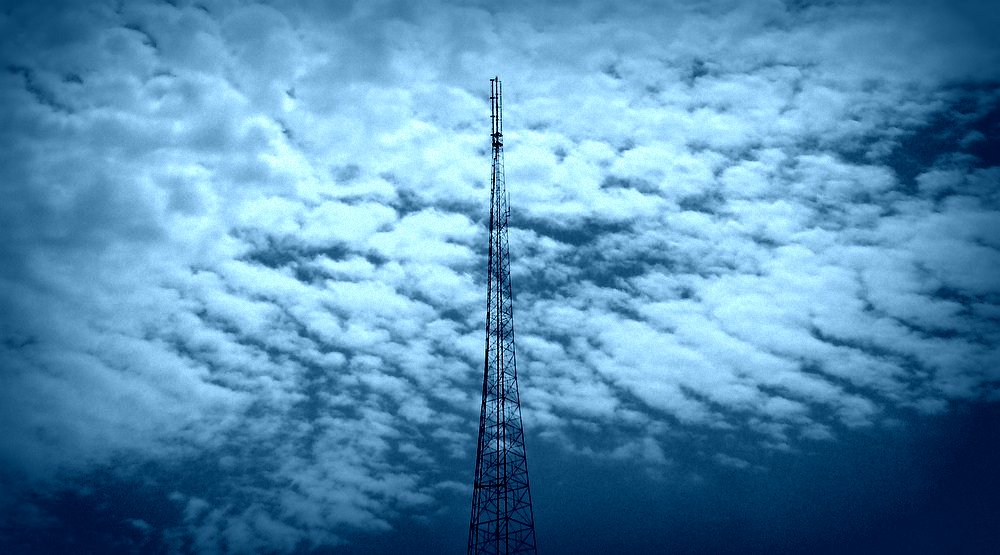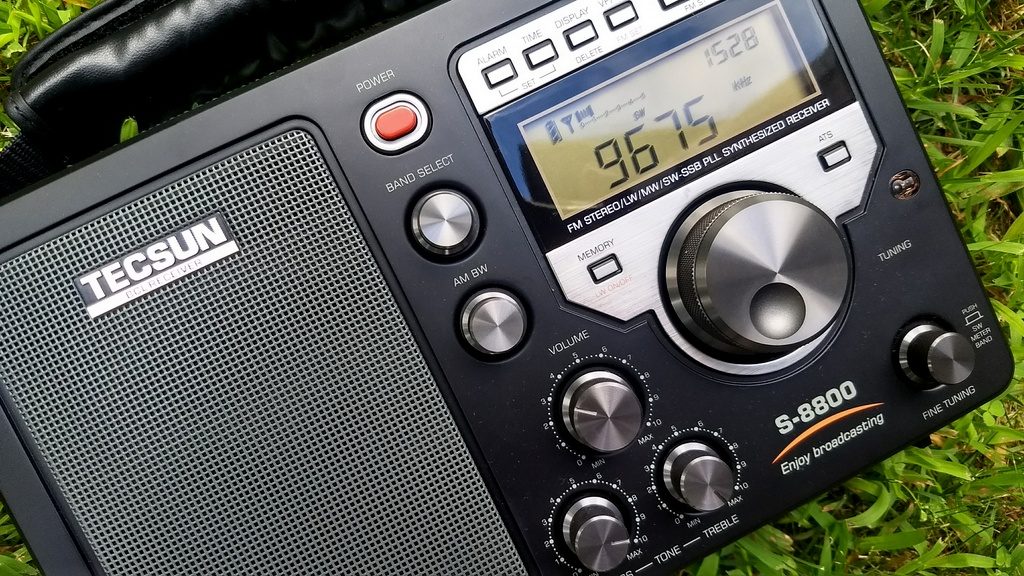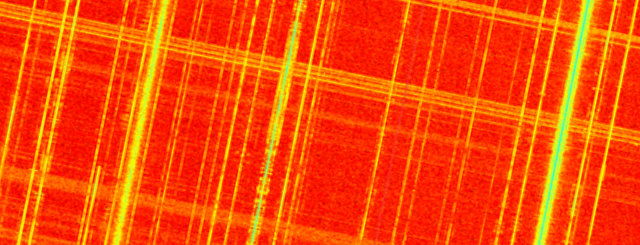
Seriously…we know you’re not a Robot!
If you’ve been an SWLing Post contributor for a few years, you’ll recall that we used to use Google’s Captcha system to prevent SPAMbot comments on our site.
A few readers complained about how difficult the Captcha system was at the time (and I agreed with them), so we removed Captcha. At the same time, I implemented a stronger backend system for flagging SPAM comments. You’ve likely noticed many of your normal comments are moderated automatically–we try to approve them within a couple of hours.
Spambots are a real pain: they attempt to leave phony comments on our site in an effort to link back to their target site (some of which are loaded with malware).
How many SPAM comments do we get from Spambots and other Spammers? Here are the statistics from our anti-SPAM system:
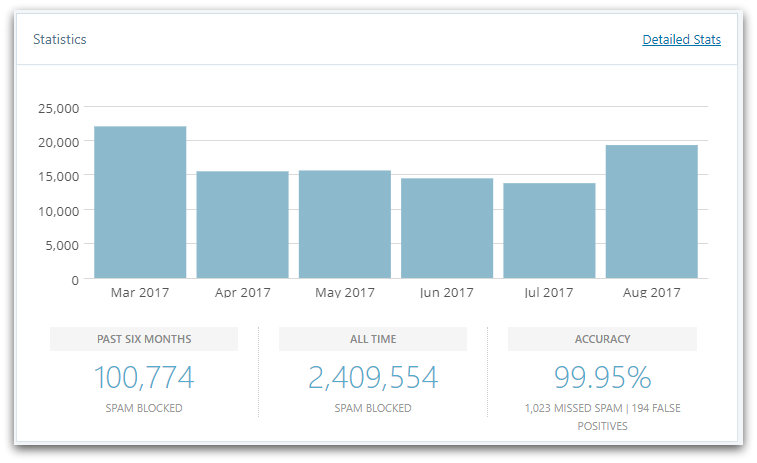
After we removed Captcha, the more clever SPAM comments would still make it through the various filters and fall in a moderation pile. At first, this amounted to, perhaps, a dozen or so comments to moderate each day. Lately, the number has become overwhelming–closer to 12+ per hour falling in the moderation queue among legitimate comments.
“Separating the wheat from the chaff” has become a full time job. 🙂
Until I can find a user-friendly solution to this, I’ve implemented Google’s latest system called reCaptcha. It has its quirks and presents interesting challenges, but I believe if you’ve used it on other sites and proven you’re not a robot, Google remembers and all you have to do to prove yourself is check/tick the box next to “I am not a robot.”
 Anyway, I just ask for understandnig as I sort out a more simple solution to SPAM-proof our site!
Anyway, I just ask for understandnig as I sort out a more simple solution to SPAM-proof our site!
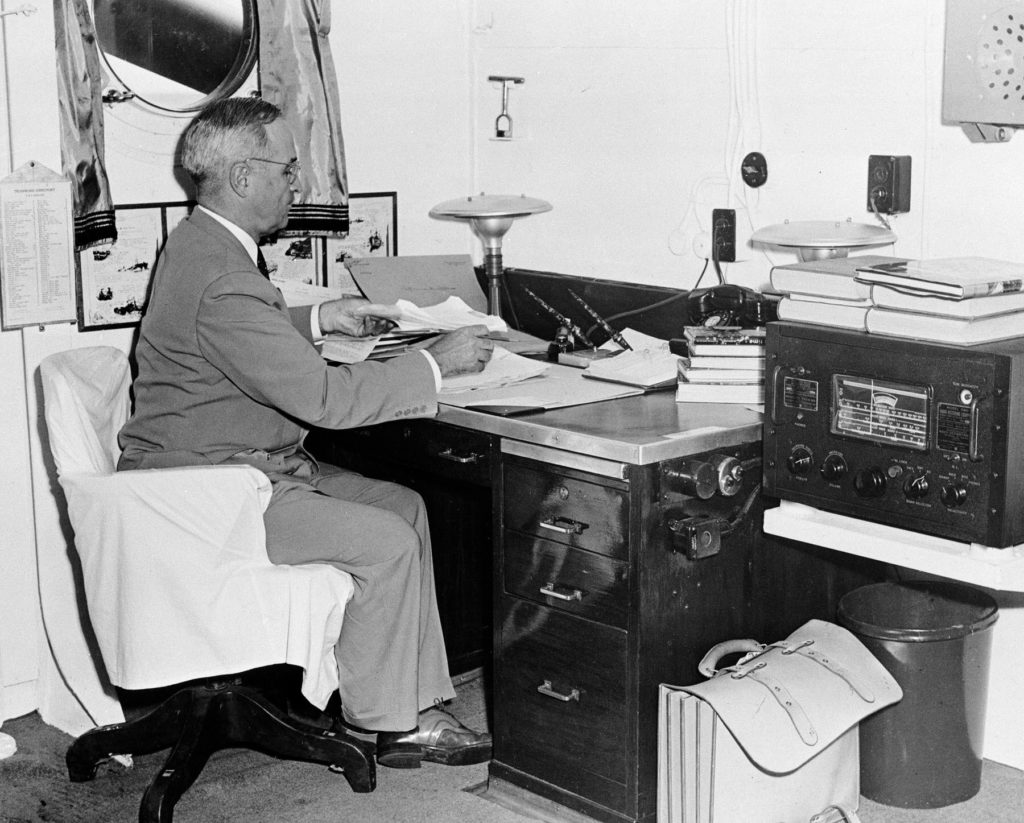 Many thanks to SWLing Post contributor, Kim Elliott, who recently shared the photo above of President Harry S. Truman via @RealTimeWWII.
Many thanks to SWLing Post contributor, Kim Elliott, who recently shared the photo above of President Harry S. Truman via @RealTimeWWII.



